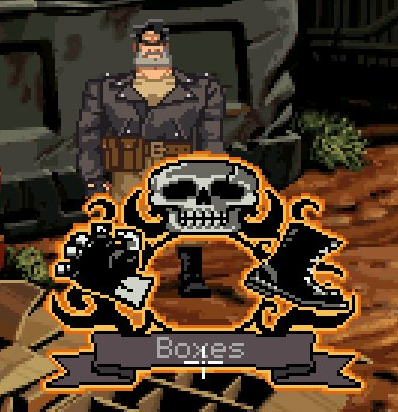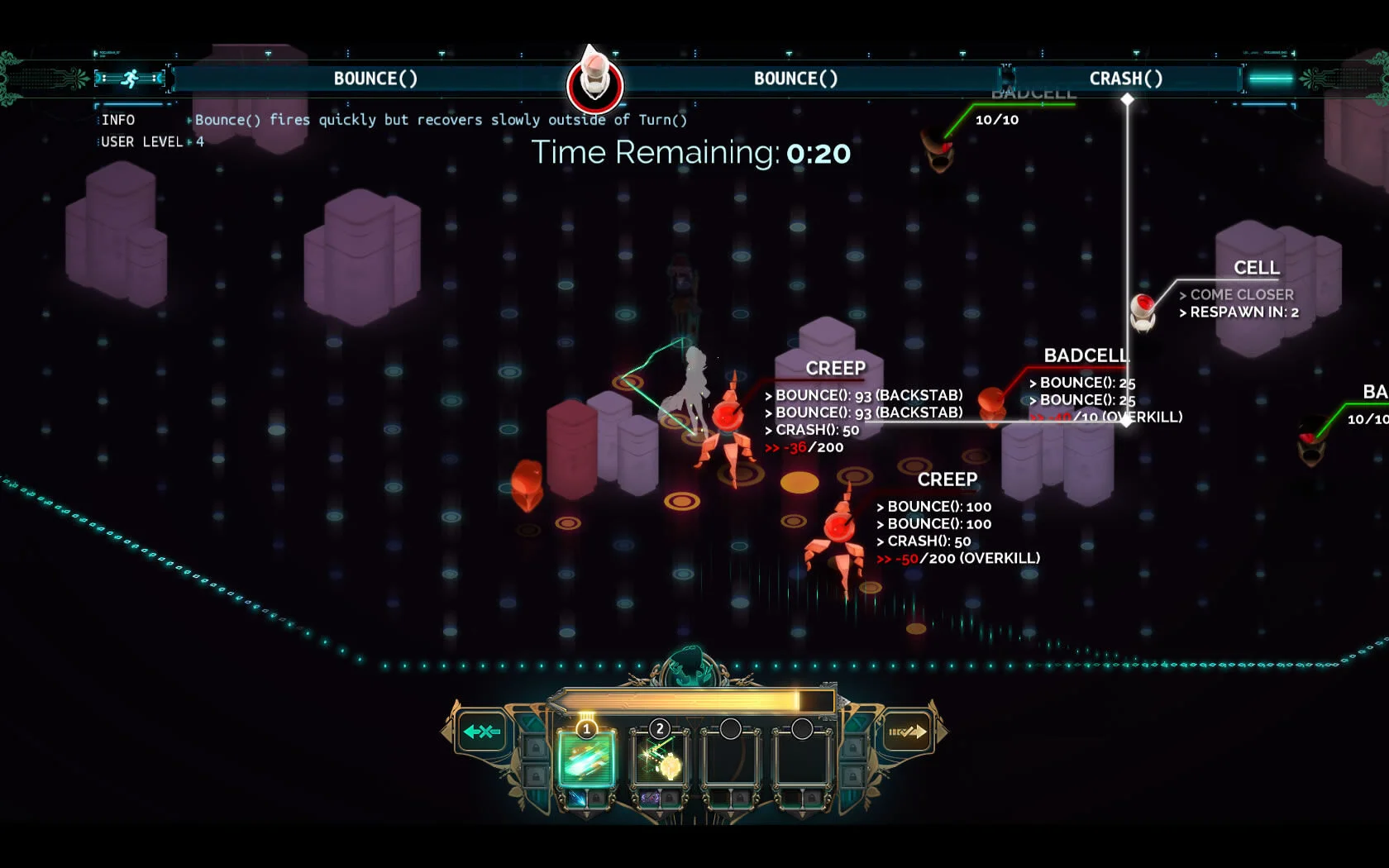Designing Games for an Audience
I’m going to change things up a bit today, and talk about game design. Specifically, what design choices make some games much easier to make trailers for!
When I make trailers I try to let the footage speak for itself as much as possible, because I generally think if a trailer requires a narrator or text to explain what's happening, it makes a less engaging trailer. It's also advantageous to make trailers this way since so much online video is muted by default.
The other big reason is people who can understand your game from watching it are more likely to want to play it simply because they can SEE themselves playing it. It's much harder to watch footage which is narrated within an inch of its life, and ignore the narration in order to watch the footage and give it your own read.
It's kind of like a tutorial in a game which explains a mechanic through a block of text, versus one which integrates the tutorial into the game itself. One is boring, one is almost invisibly interesting.
So how do you design visuals to help the spectator understand what the player is doing, and therefore imagine themselves doing it?
Don't think of designing a game. Think of designing a puppet!
Look at how little it takes to make a puppet in real life. Even without the eyes, the movement would clue you into a human at the controls.
After all, to the spectator, a game is rather like an elaborate puppet. One definition for a puppet is:
"A person, party, or state under the control of another person, group or power."
This might sound odd, but bear with me. What the spectator needs to see in gameplay is the hand of the player making decisions. Lucky thing is it doesn't take much to understand a human is at the controls.
For example, Hearthstone has pre-made lines of dialogue which can use to communicate with the other player. This was made in lieu of giving the player the option to talk with other people (which is a big turn off for people won't understandably don't want to chat or hear someone chatting, and possibly being verbally abusive) And yet, players found their own way to use the system to be obnoxious to their opponent by spamming certain lines of dialogue.
The decisions a player makes in a game are what reveal the personality of the person playing. If they're playing Uncharted and jumping around like a bunny during dialogue scenes you could infer they're a silly person. If they're listening intently, that also indicates their personality.
If the player's decisions form their personality, as a designer, your job is to make those decisions visible. And clearly visible decisions are what make game footage communicate visually and friendly for trailers.
For example, in The Walking Dead Season 1 dialogue system for gamepads, there's no way to see what dialogue the player is considering selecting; you only see what gets chosen afterwards. To remedy this for Firewatch, the designers made a dialogue selection UI which always highlighted one choice, and then using the gamepad the player goes back and forth between the options before eventually selecting one. This made the selection process visual and transparent. Seeing the player actively debate between dialogue options is interesting! In this fashion, the dialogue UI became like a rudimentary puppet. Before I realized the thinking behind this design choice I picked up on it and used it in this Firewatch mini trailer.
When the player is using a gamepad, the spectator can't see the thinking process.
One way to think of how to make the game visual and puppet-like is to ask yourself:
"What can move to indicate player decision making?"
More fundamentally, what you're looking for is:
"What can change to indicate something the player is thinking of doing or actively doing?"
For example, in most Super Mario games, getting a fire flower power changes his color palette, but in the Gameboy game Super Mario Land, the Superball power has no visual change when Mario receives it, which makes it less interesting to watch.
Full Throttle's verb selection wheel is more interesting to watch than the classic original grid of nine verbs because using Full Throttle's UI makes the player's thoughts visible. Yes, in the original game the act of forming sentences also did something similar, but it worked less like a puppet.
This UI makes decision making transparent and focuses the eye where the action is.
Transistor's planning phase spells out each action the player is going to take, whereas when I watch Starcraft I barely have a clue what is happening most of the time because everything is performed by selecting and clicking, and if I'm not familiar with the heroes or enemy types then I don't know what they're doing even from their animation.
Everything is spelled out for the player, but it helps the spectator too!
In Binding of Isaac and RAD, the powers make you look different, whereas in Dead Cells your character almost always looks exactly the same except for some animation differences.
Every powerup has some visual component to it in Binding of Isaac
Apex Legends' ping system creates a visual for where the player is looking or intending to go which helps both the player and the spectator. Whereas PUBG had no ping system so the spectator might be looking at completely different things than the player.
The ping system in Apex Legends is great for players and spectator alike.
All of these examples of clear change motivated by the player's decisions make these games more trailer friendly. The other good news is, all of these features will make your game better for both the player and the audience!
It doesn't take much to make a puppet in real life, some eyes on a hand will do, but the more features you can add to your game to give life to the player's decisions, the more expressive the play can be, and more appealing to the viewer.







